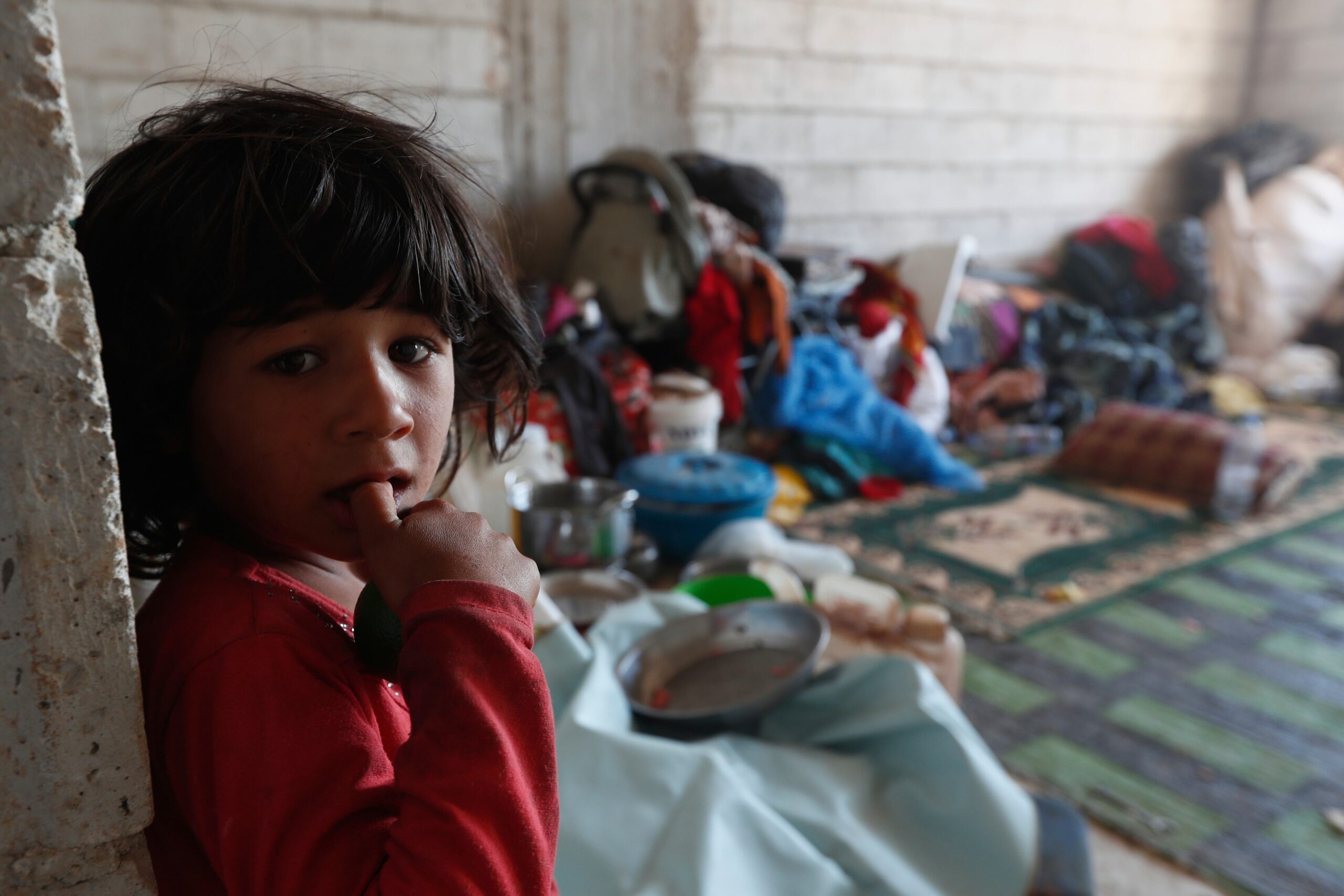Early Sunday, Syrian state television said that the government had worked with some Sweida officials to arrange for buses to be brought in so that about 1,500 Bedouins could be evacuated from the city. Since combat has mostly ceased and attempts are underway to achieve a full truce, the initiative would also enable displaced citizens from Sweida to return, Syrian Interior Minister Ahmad al-Dalati told SANA.
To keep Sweida safe and to halt the fighting there, we have established a security perimeter around it, al-Dalati told the Syrian state news agency. This will maintain the course that will bring about peace and stability in the province.
Ambulances and vehicles from the Syrian Arab Red Crescent joined buses carrying Bedouin families. Some families packed their stuff onto trucks and departed.
After unsuccessful negotiations for a hostage swap arrangement on Saturday, Syrian authorities did not provide any information about the evacuation or how it fits into the larger plan.
The Syrian Observatory for Human Rights, a British-based war monitor, stated that the Bedouin fighters would have to leave the region and release the Druze women they were detaining as part of the deal.
After retreating from Sweida city on Sunday, the Bedouin fighters stood on the outskirts with other tribesmen from various regions of the nation as security personnel surrounded the area. A government delegation with another relief convoy was turned away, but a convoy of about 32 Red Crescent cars entered the city.
The Observatory and activist groups in Sweida reported hearing what they claimed were Israeli helicopters and bombings over areas where some Bedouin and Druze militia fights occurred after negotiations for a hostage swap broke down late Sunday.
According to the Israeli military, there have been no overnight strikes in Syria.
While criticizing the groups loyal to spiritual leader Sheikh Hikmat al-Hijri that have been participating in the hostilities, Syrian interim President Ahmad al-Sharaa has attempted to win over the Druze population. He pledged to hold those responsible for targeted attacks and other infractions accountable.
The collapse of the Assad family, which put an end to decades of oppressive tyranny, was widely applauded by the nation’s Druze community. Many wanted to handle things delicately, even if they were worried about Al-Sharaa’s de facto Islamist government.
However, in contrast to the majority of other prominent Druze leaders, al-Hijri and his followers have adopted a more combative stance against Al-Sharaa. Al-Hijri’s prior loyalty to Assad is another point of contention.
The Druze, however, are less hopeful of peaceful coexistence and more dubious of Al-Sharaa as a result of the many instances of sectarian violence, which have included the murder of Druze people and the desecration of images of religious figures.
Syria is home to more than half of the approximately one million Druze people globally. The majority of the other Druze reside in Israel and Lebanon, including the Golan Heights, which Israel annexed in 1981 after capturing them from Syria during the 1967 Mideast War.
From Beirut, Chehayeb provided a report. This article was written by Tia Goldenberg of the Associated Press in Tel Aviv, Israel.
Thanks to AP
Thanks to AP
Thanks to AP
Thanks to AP
Thanks to AP
Thanks to AP






